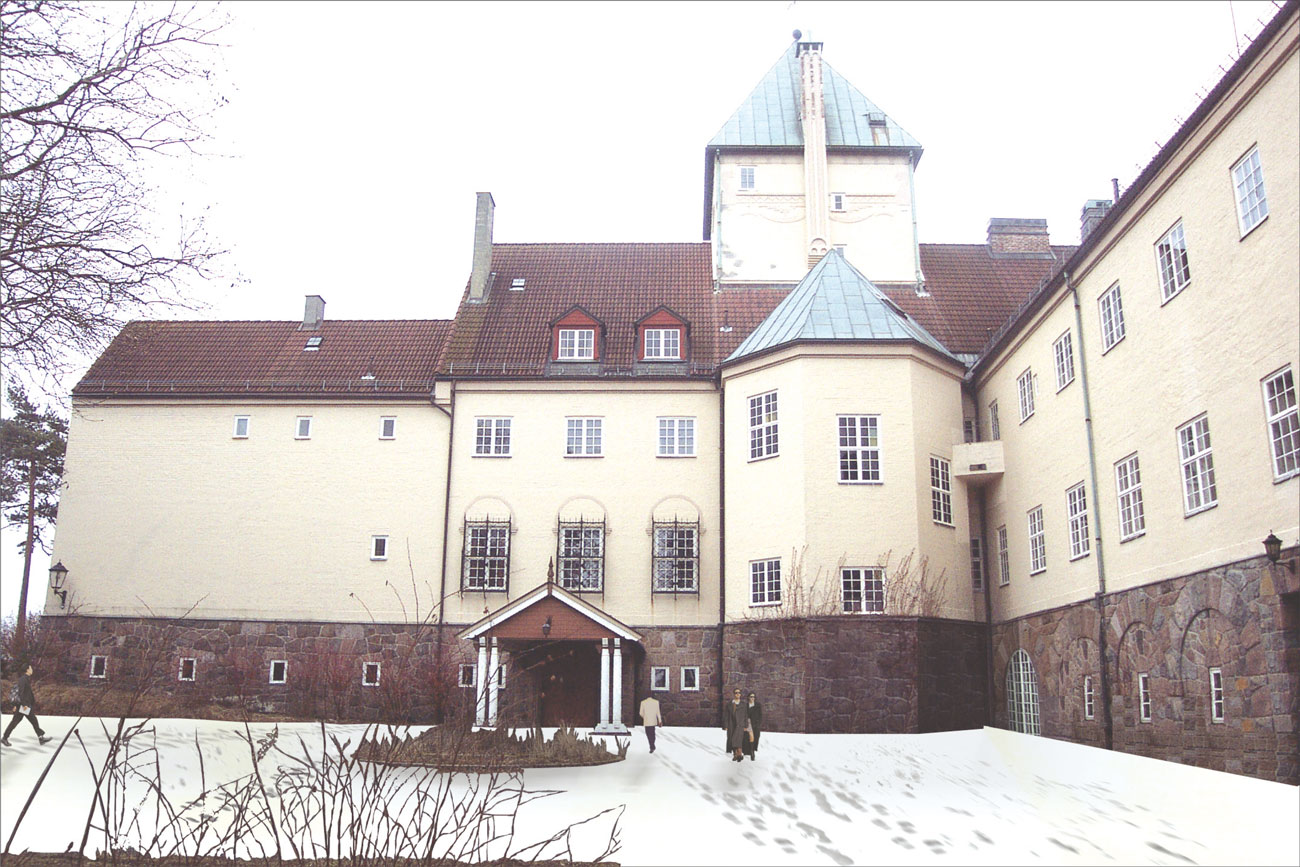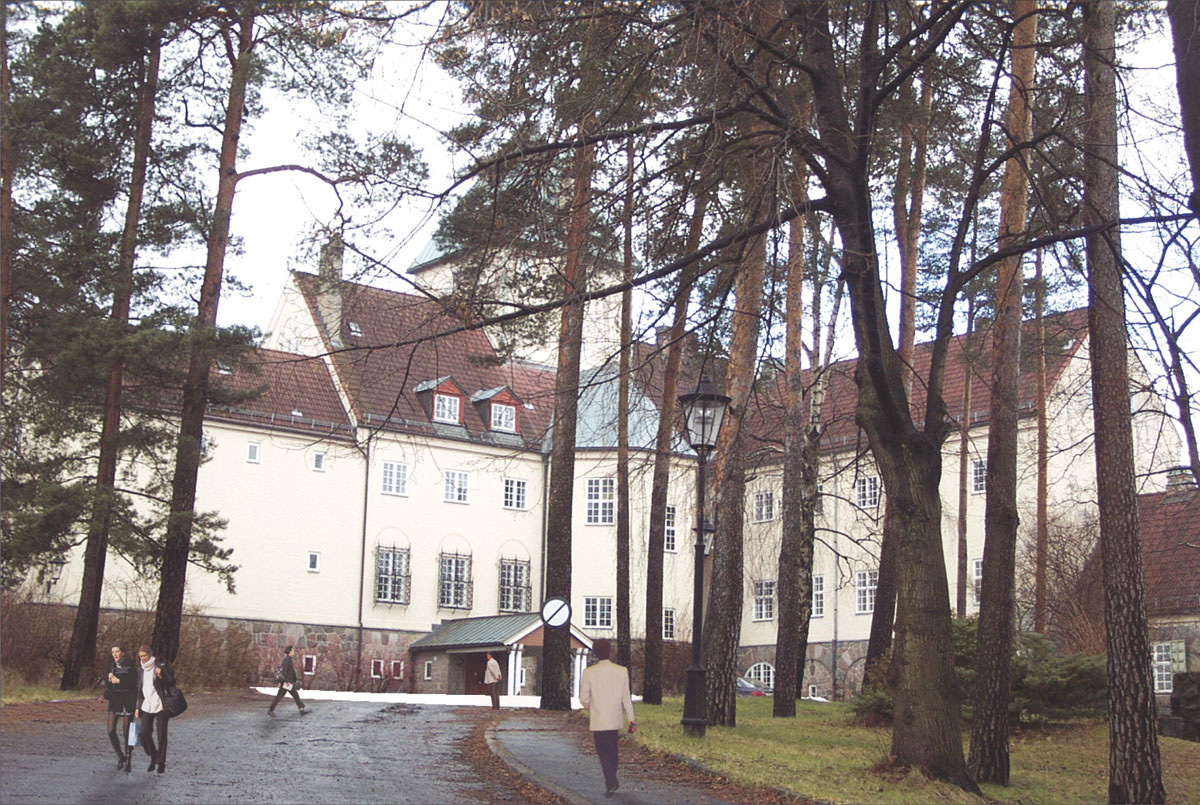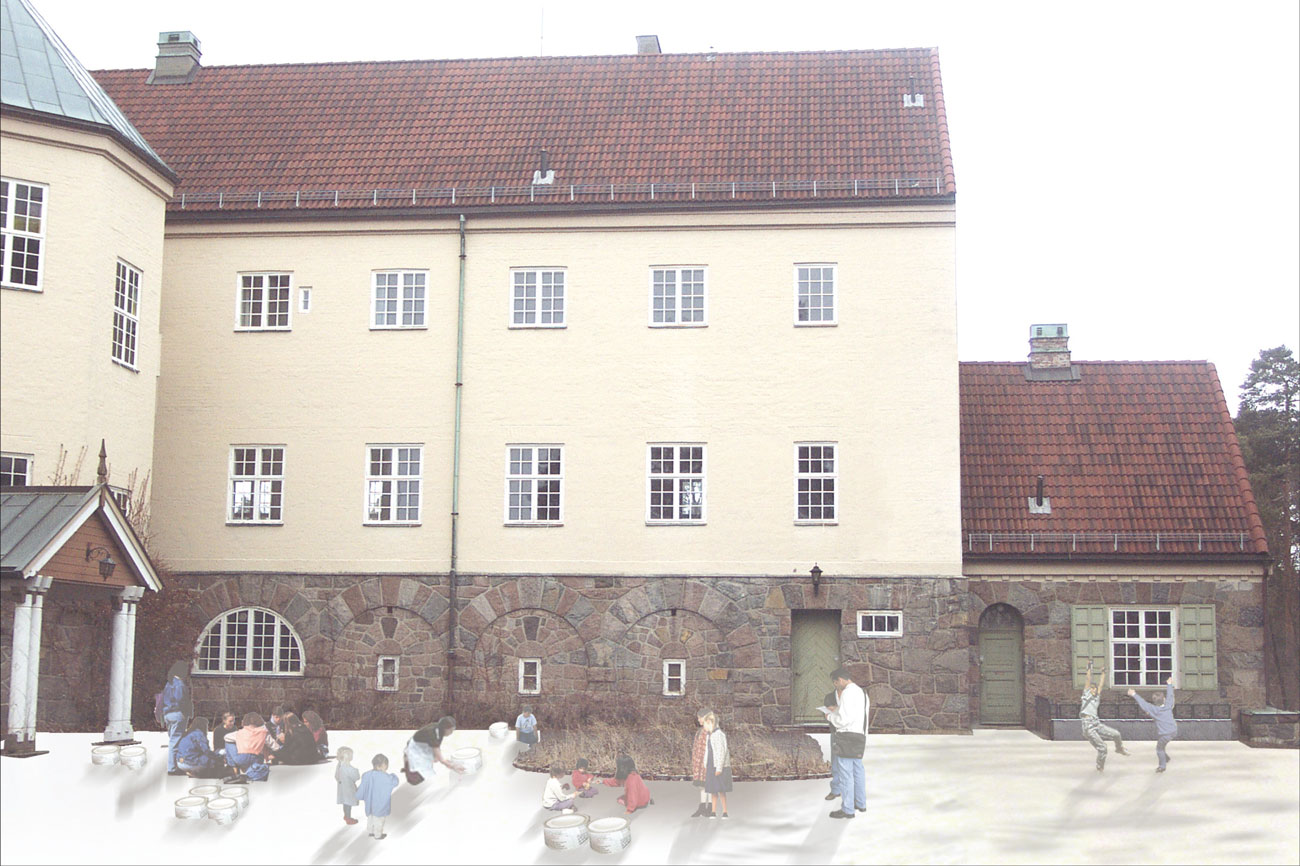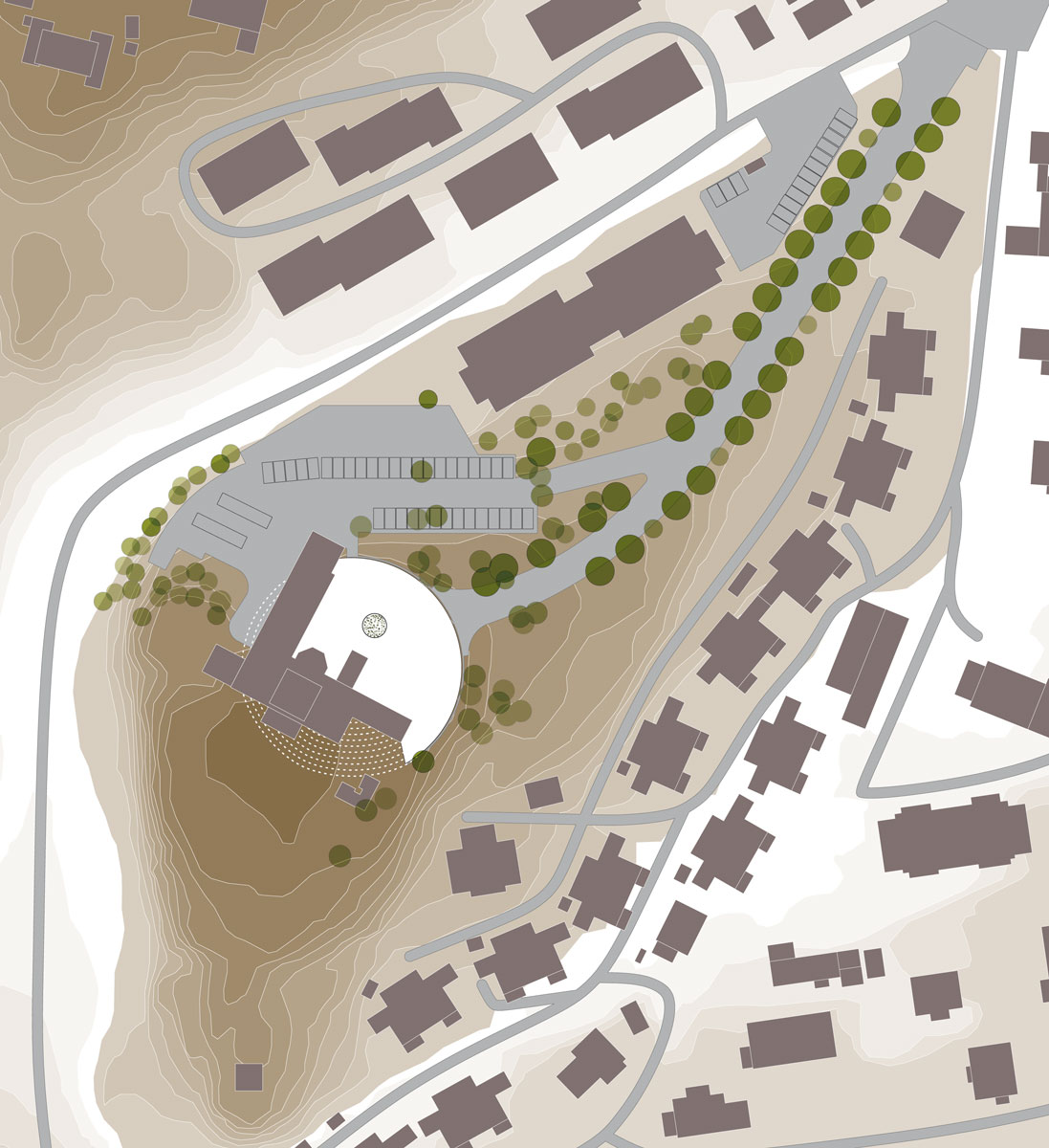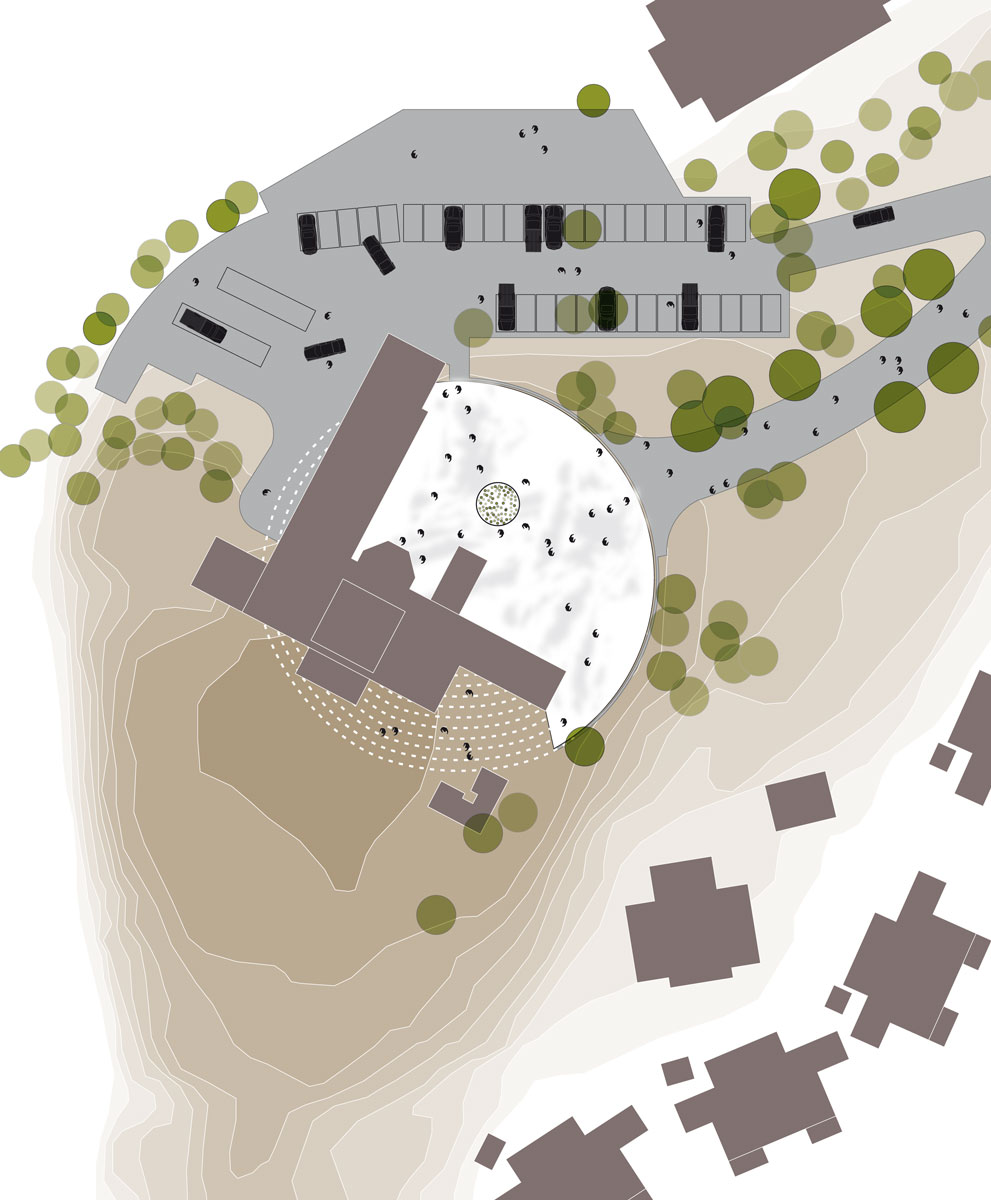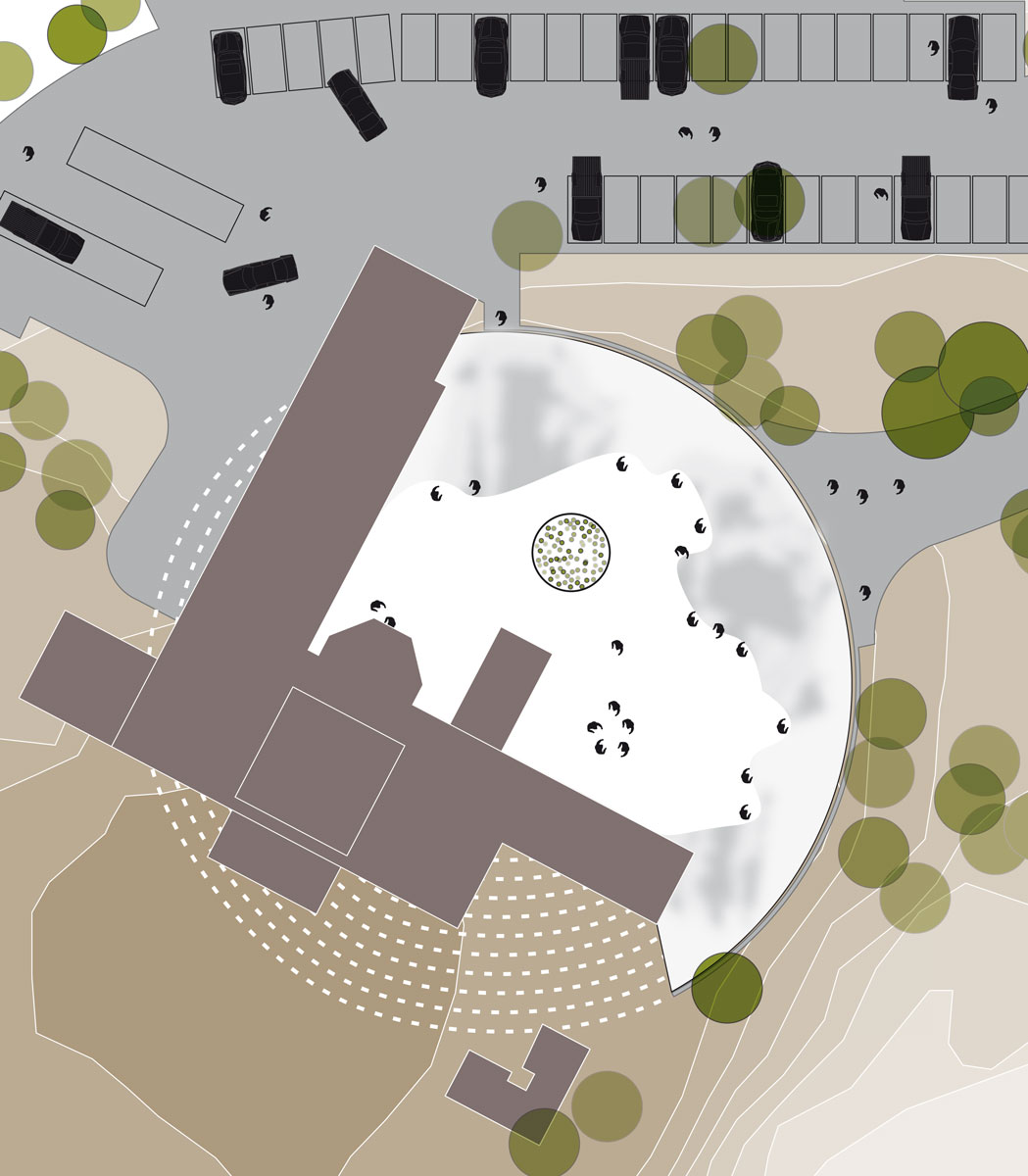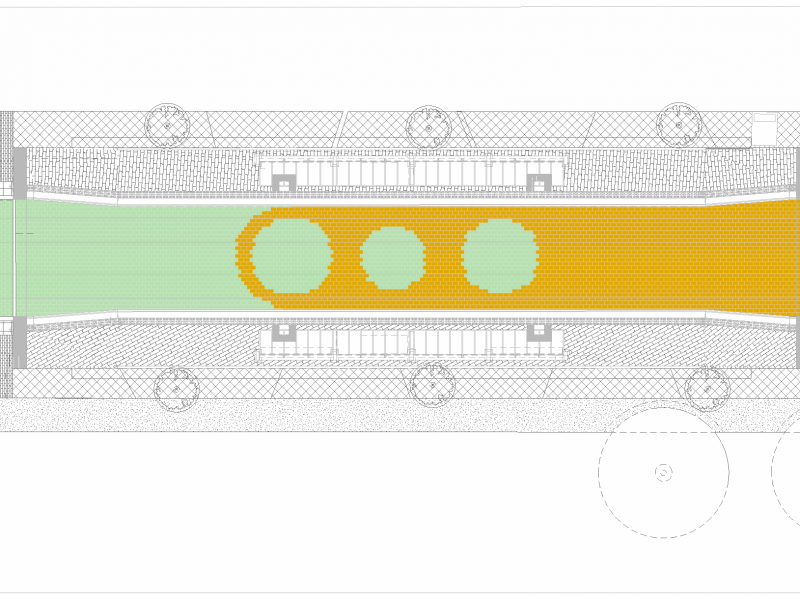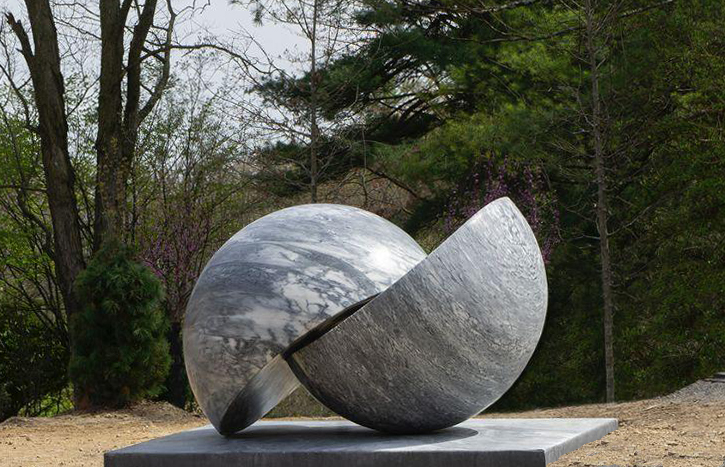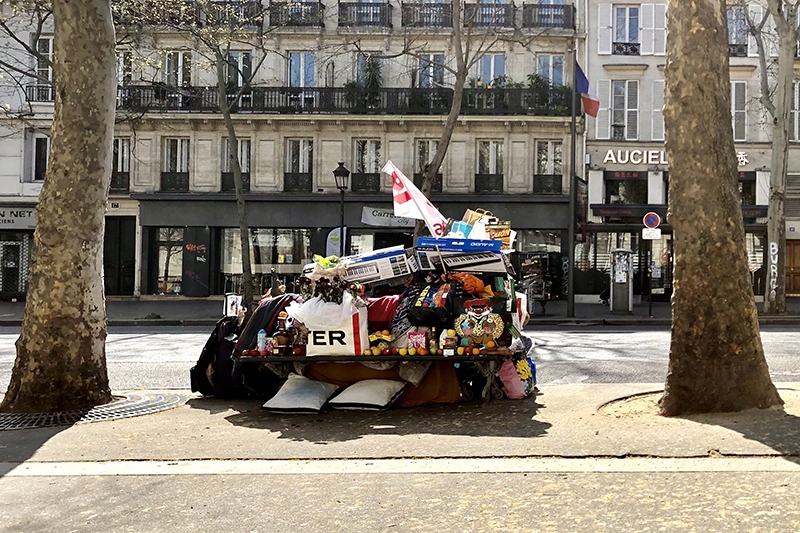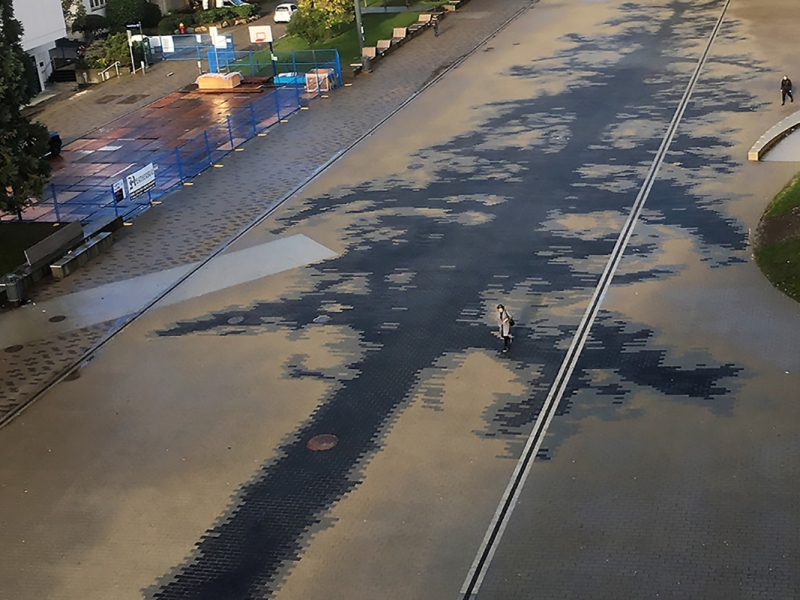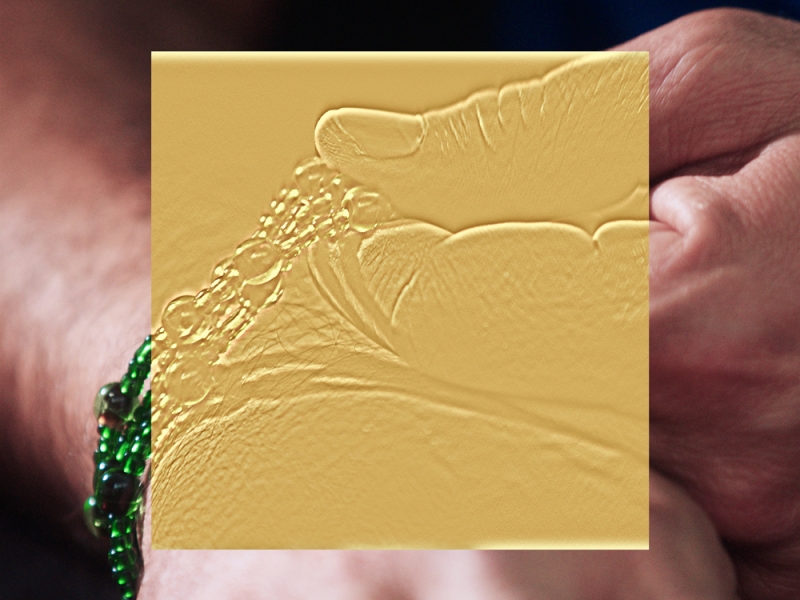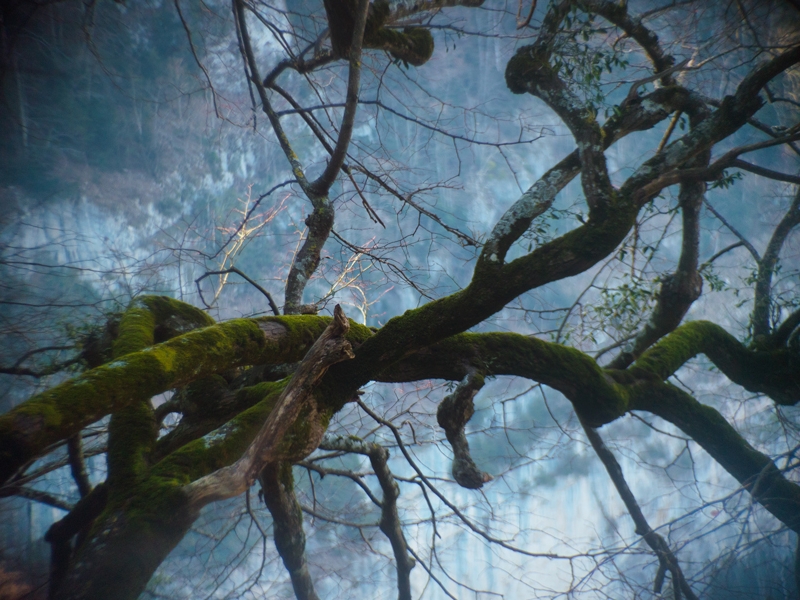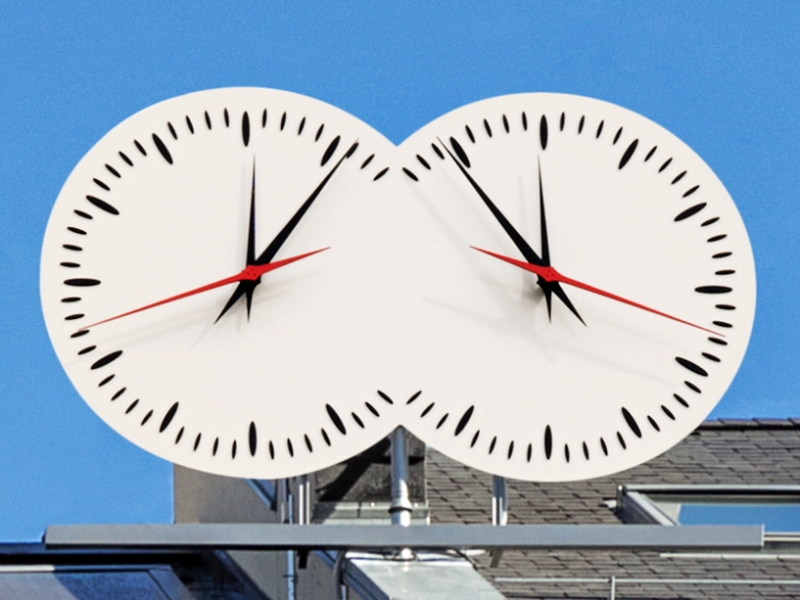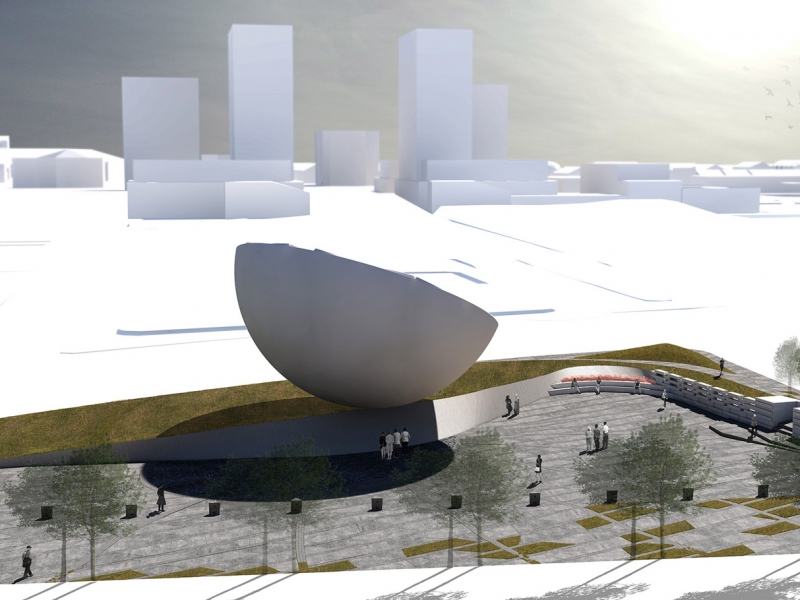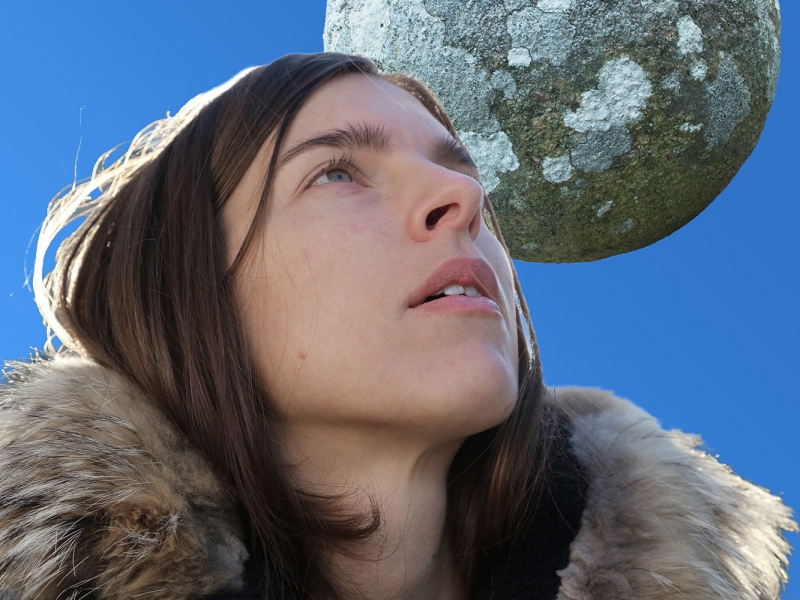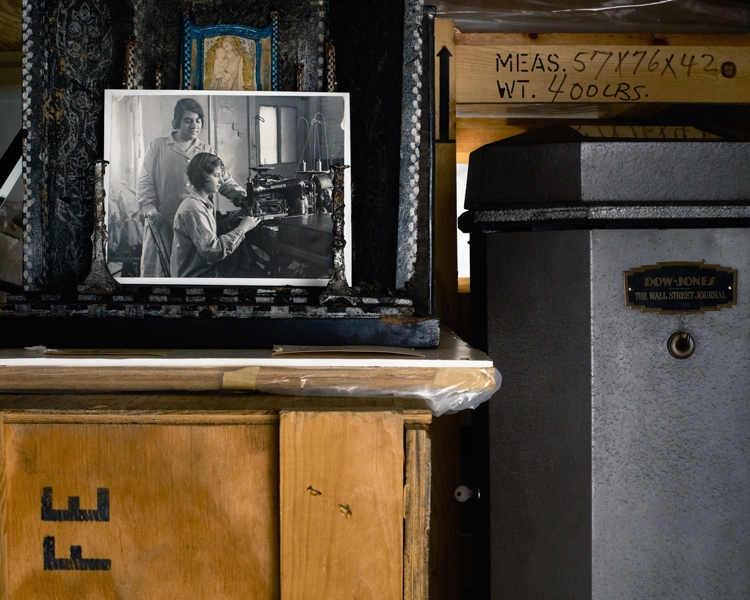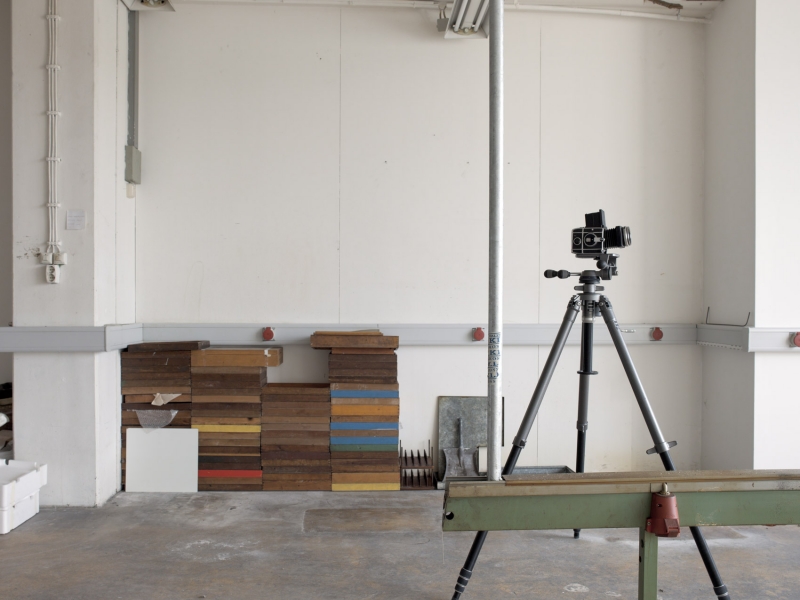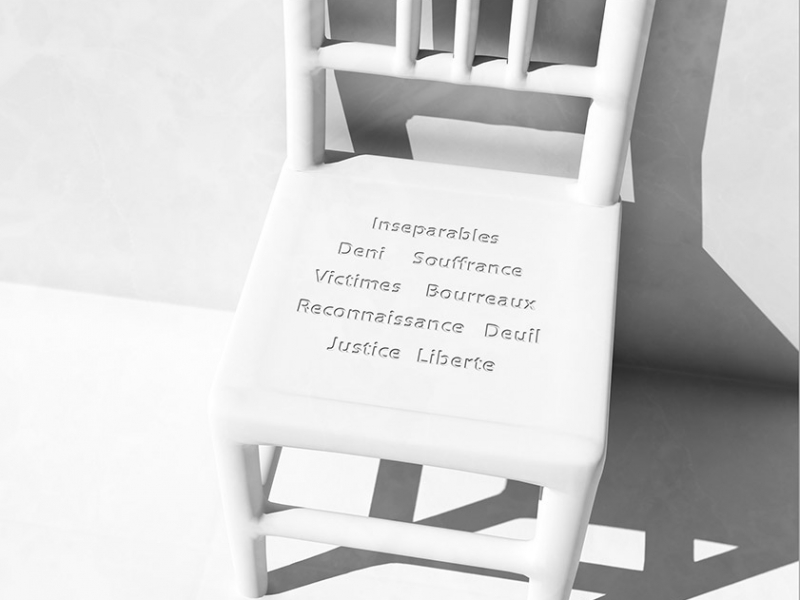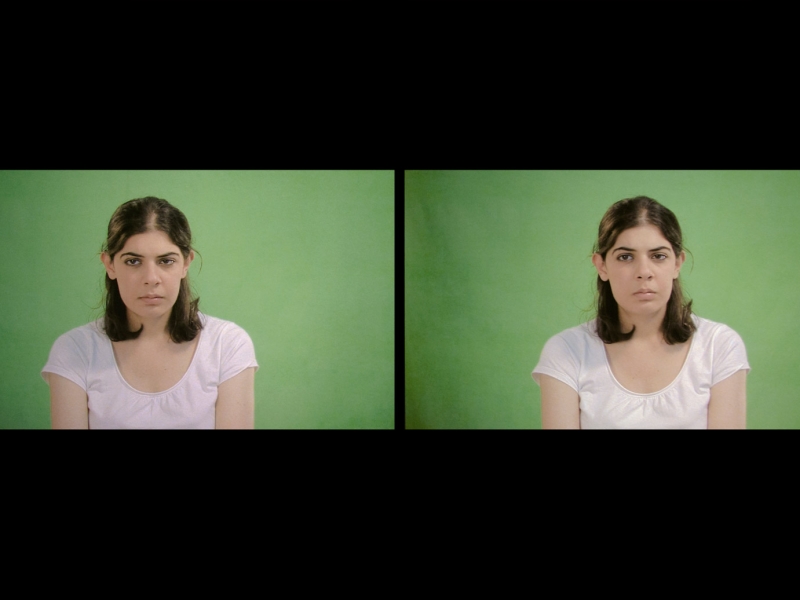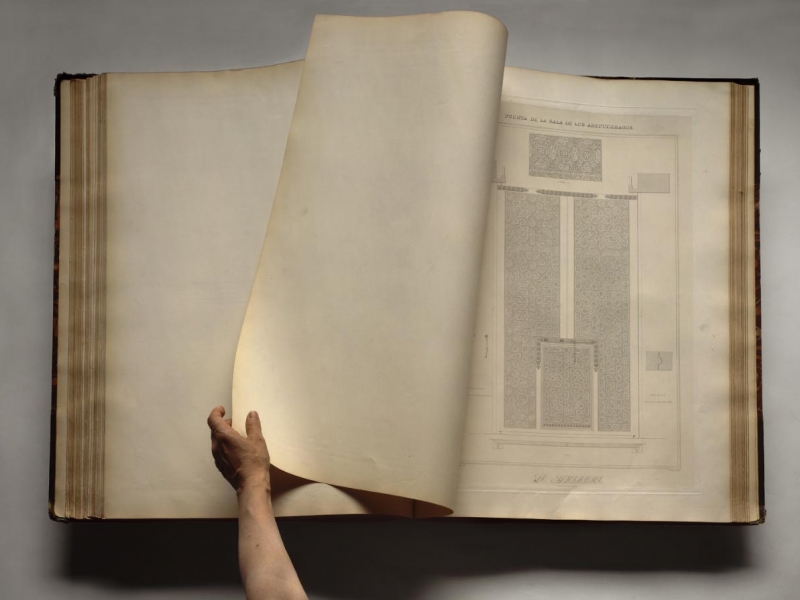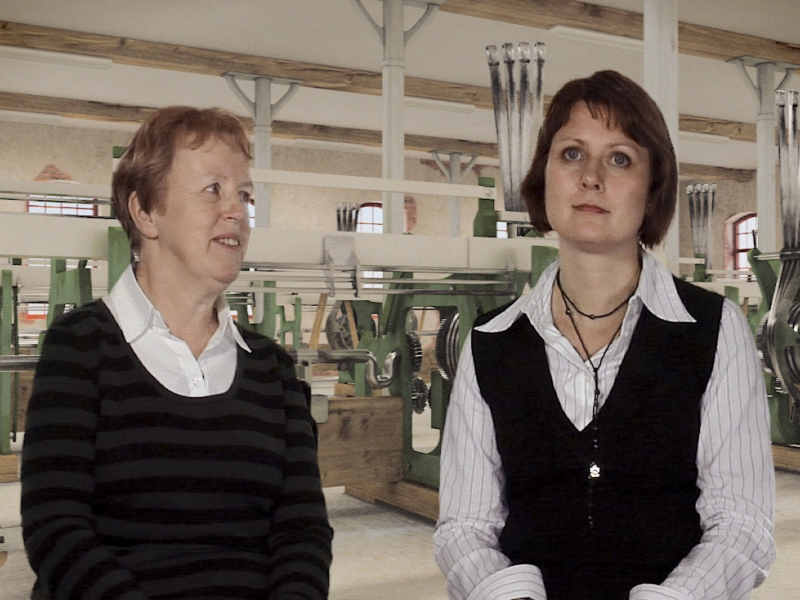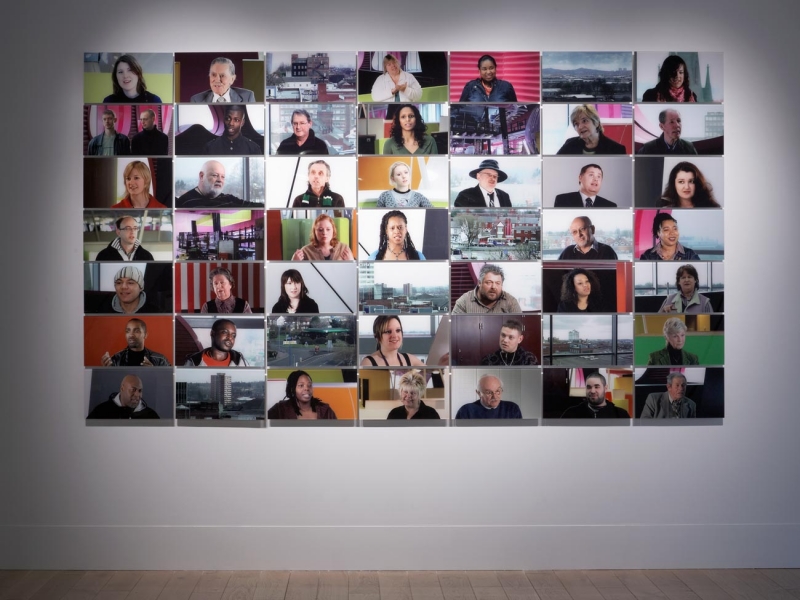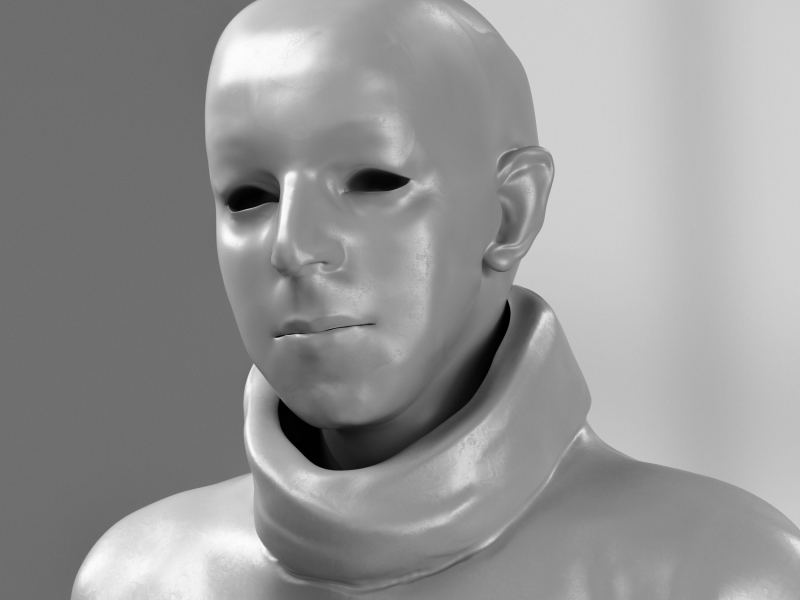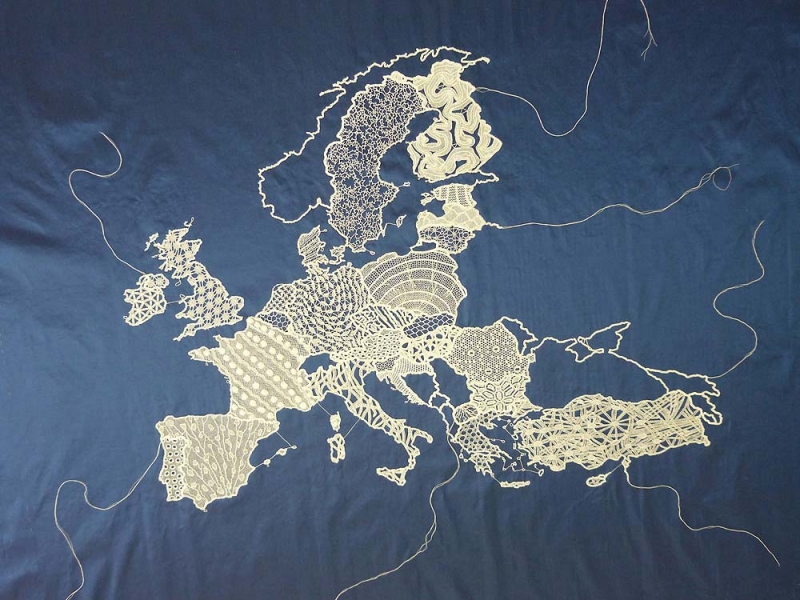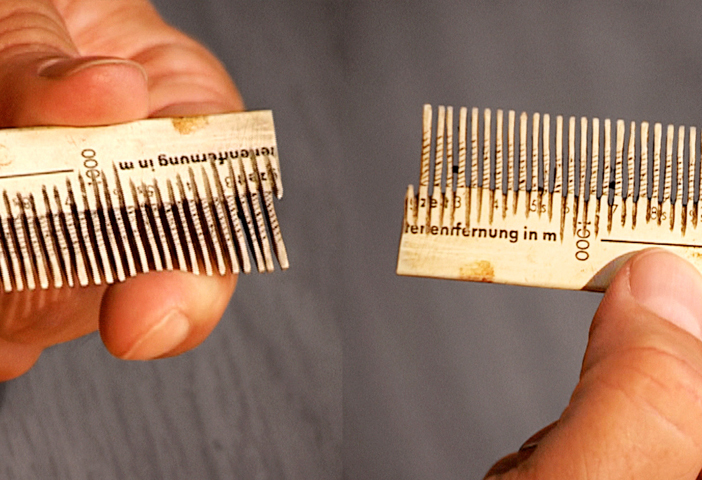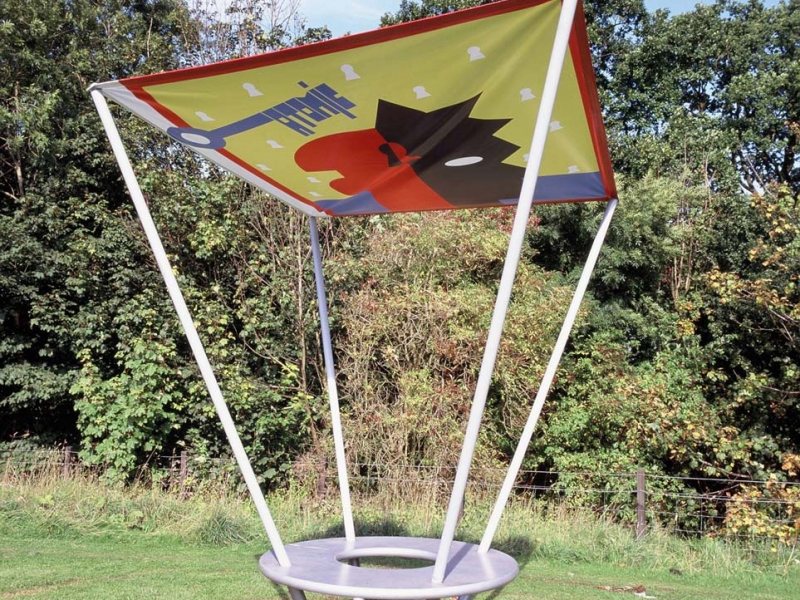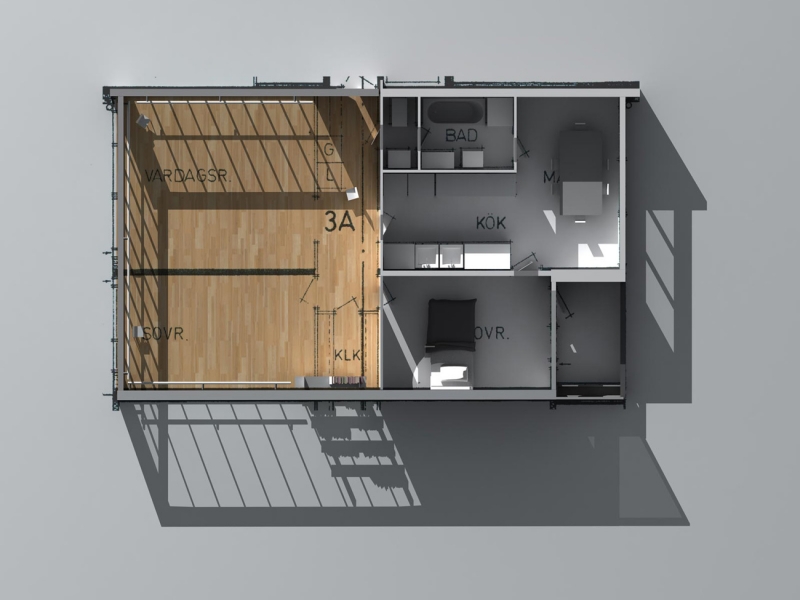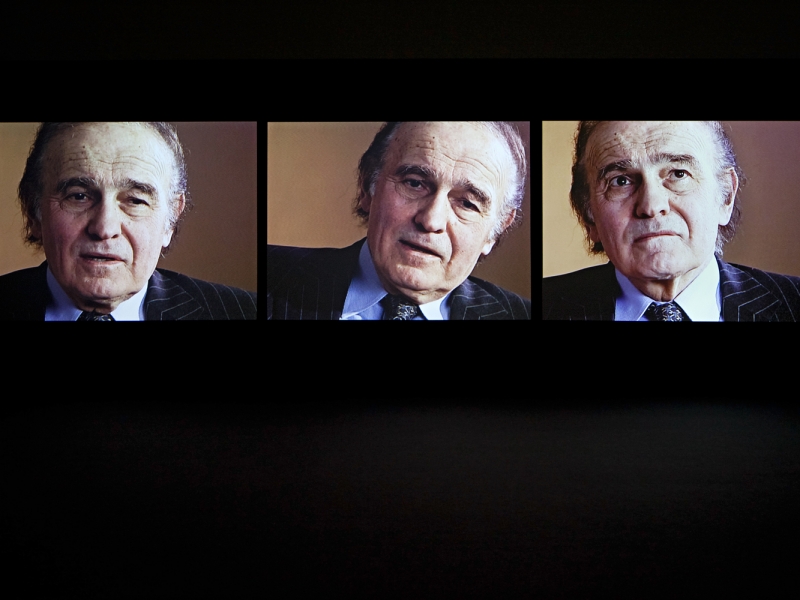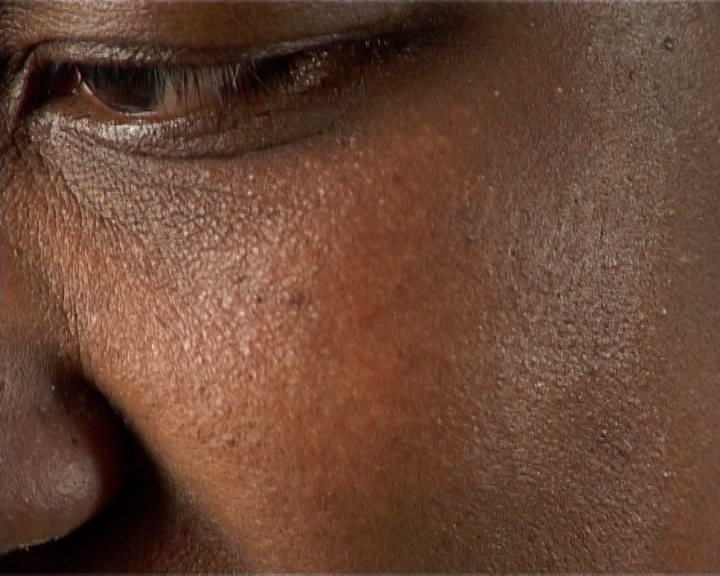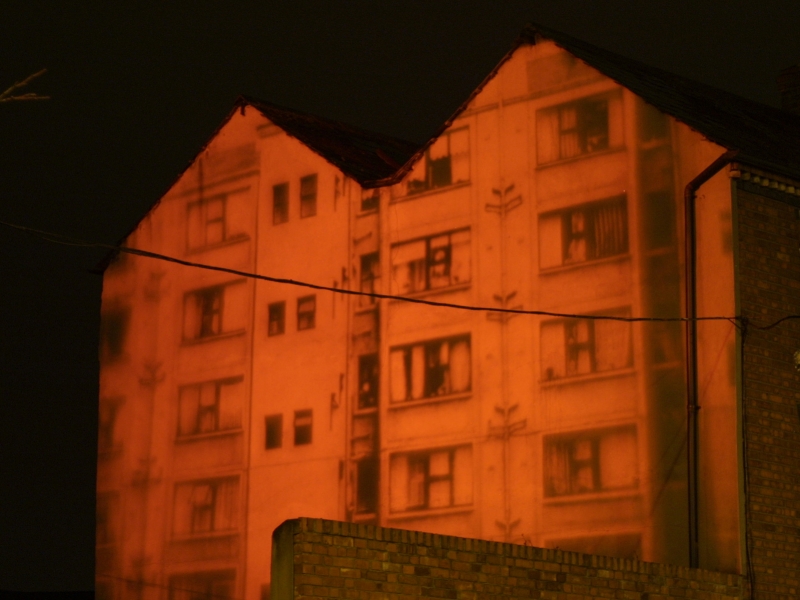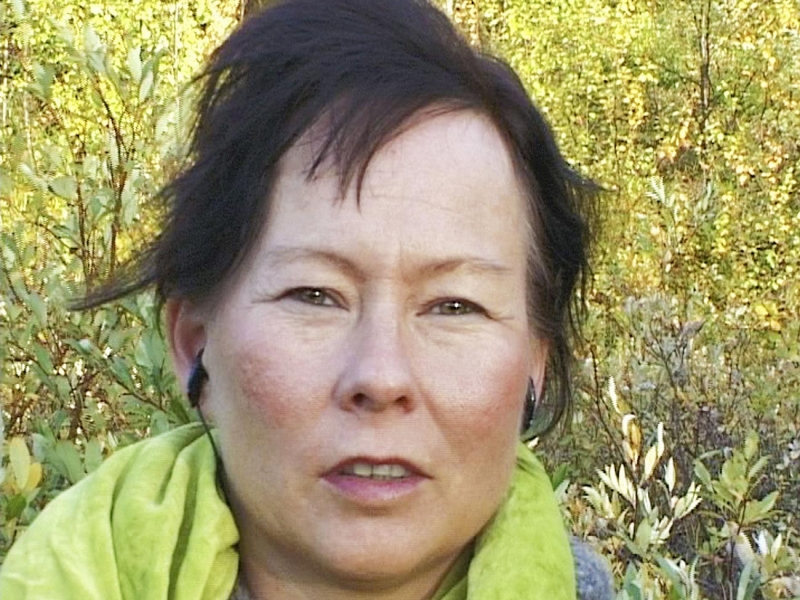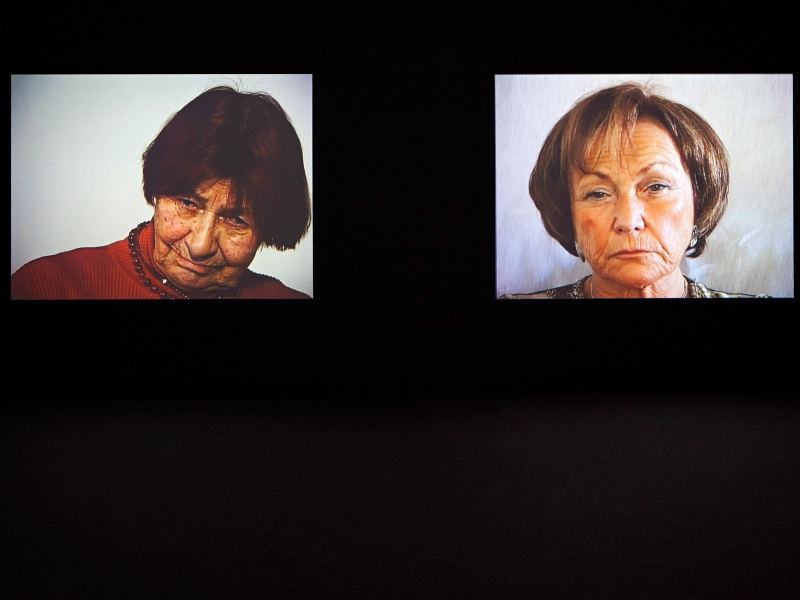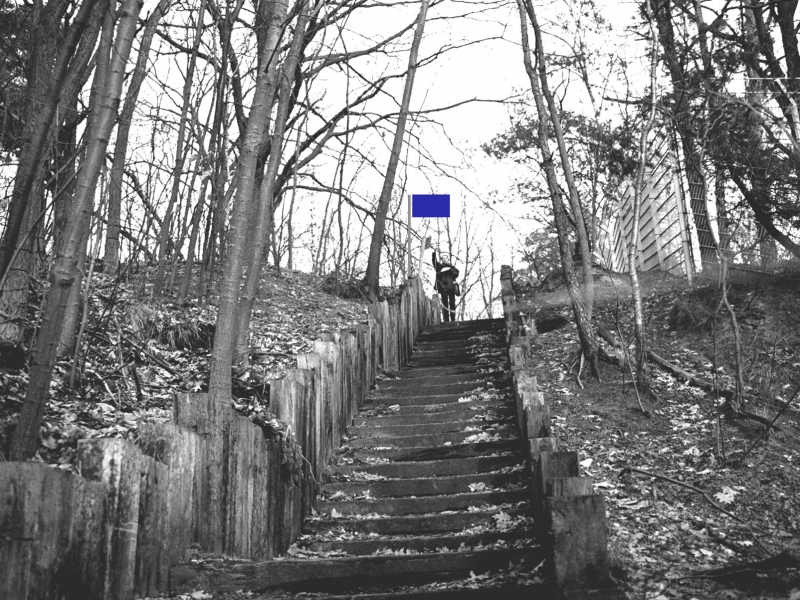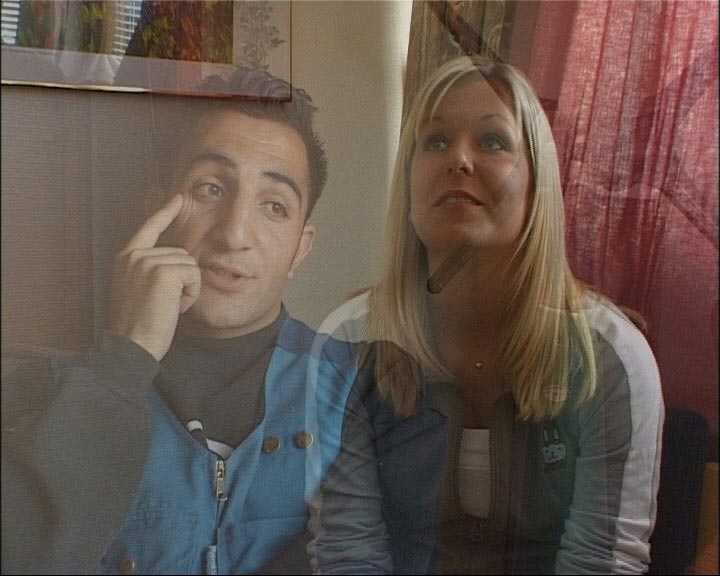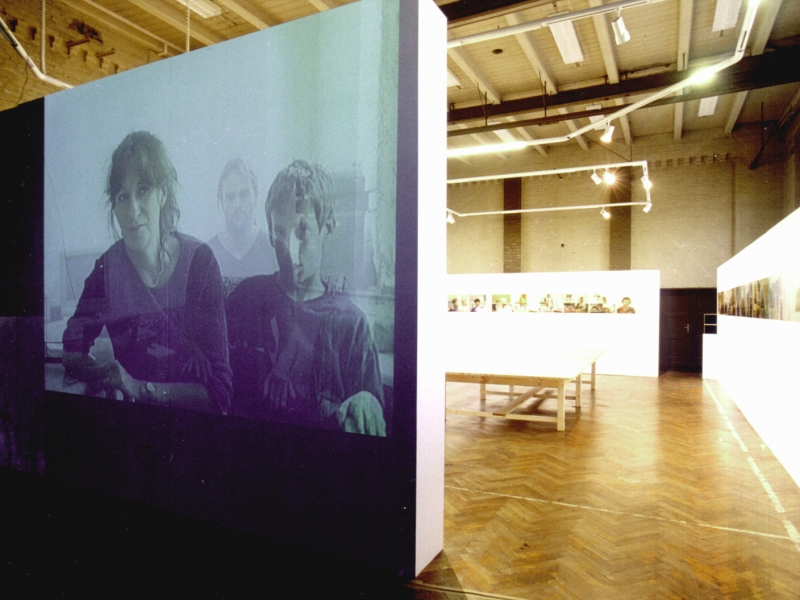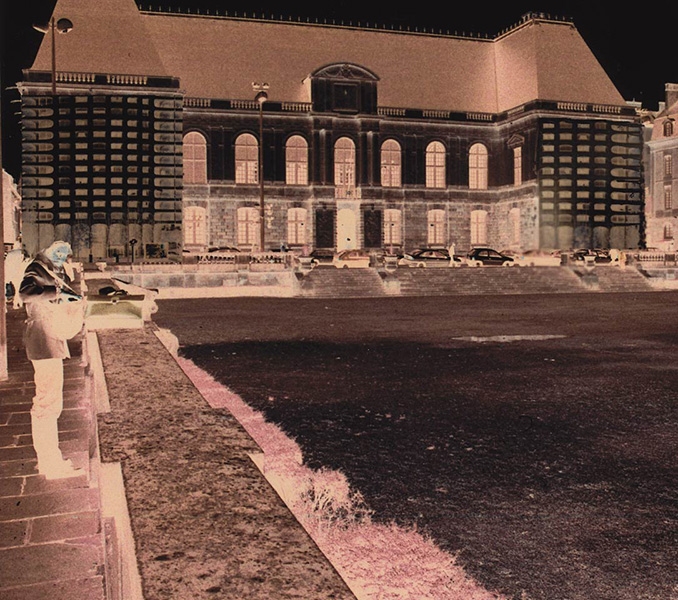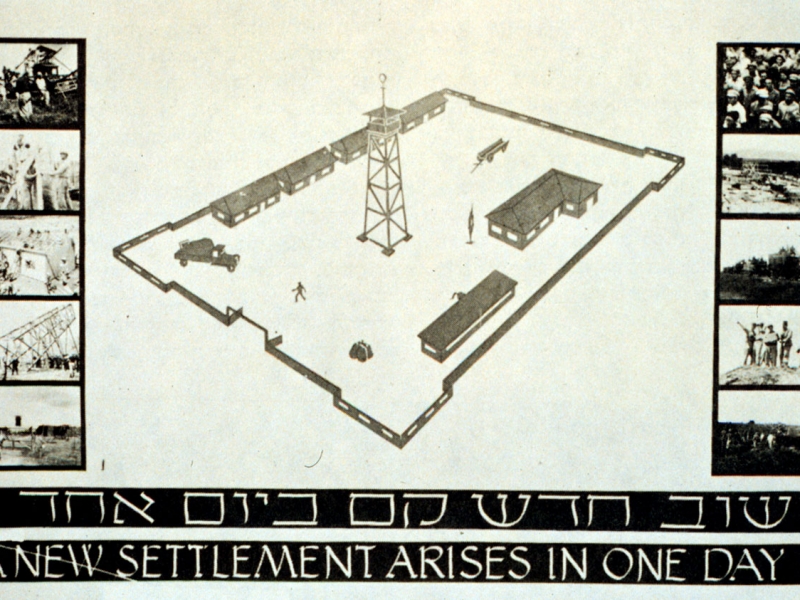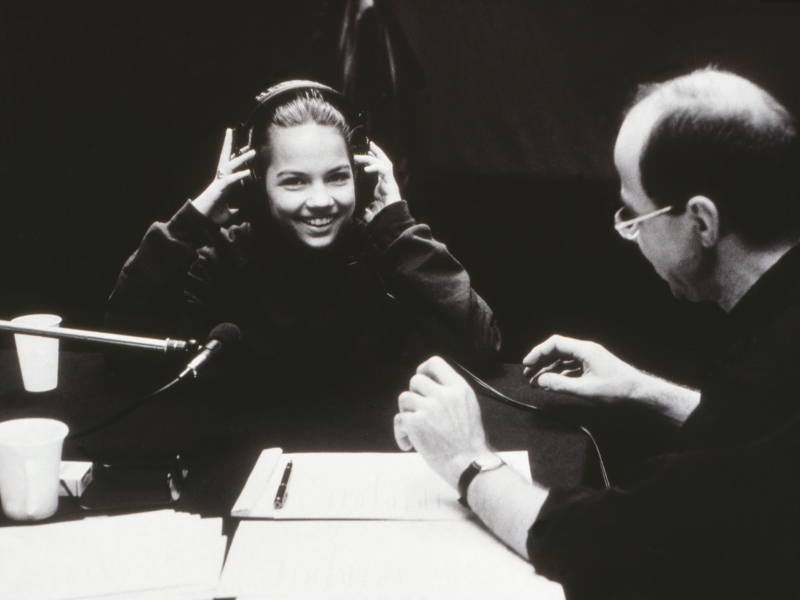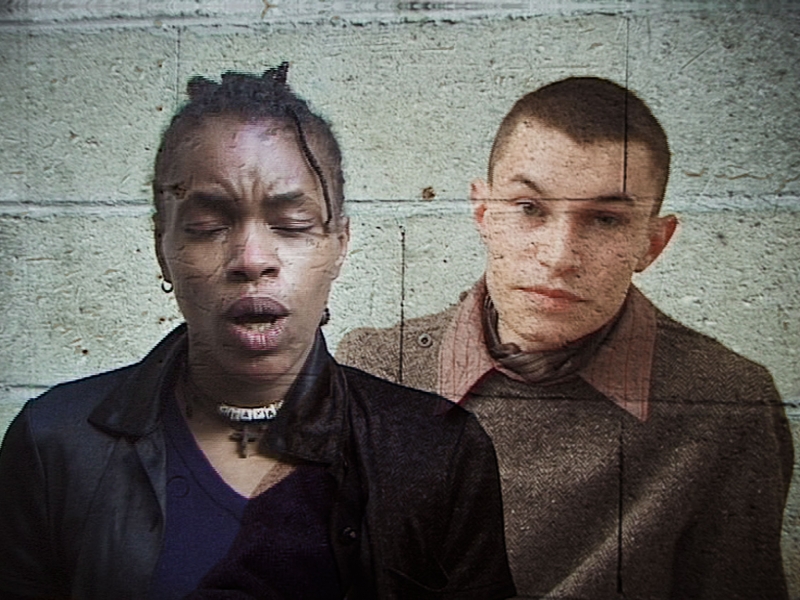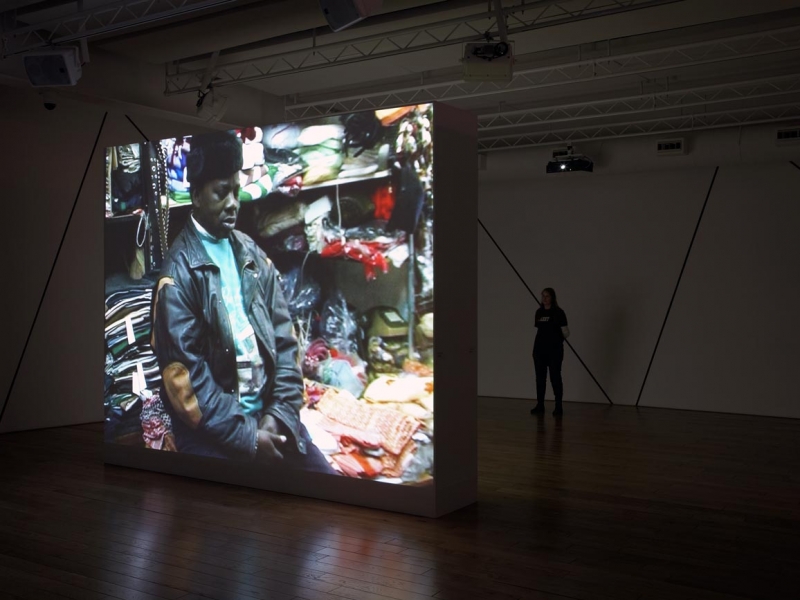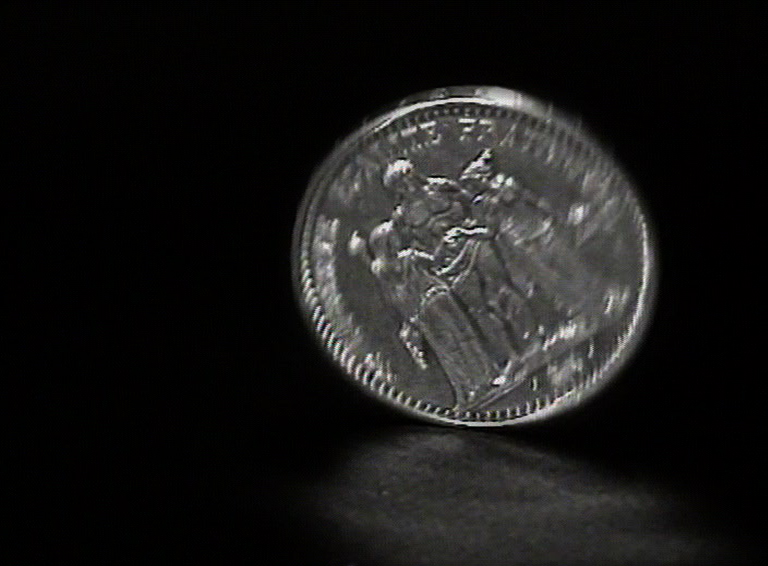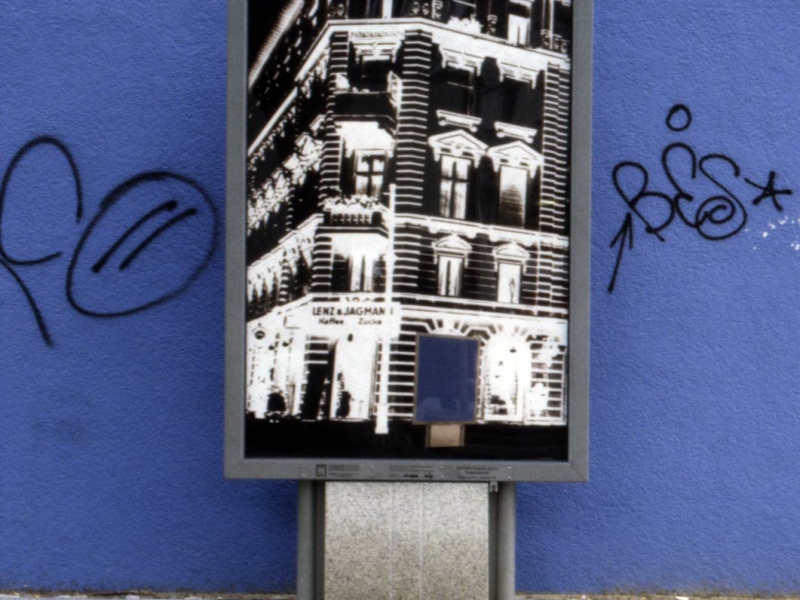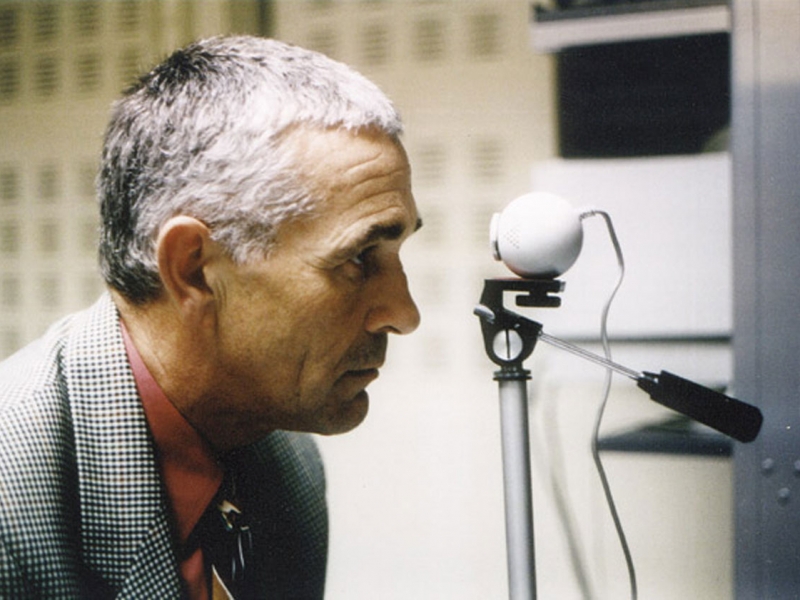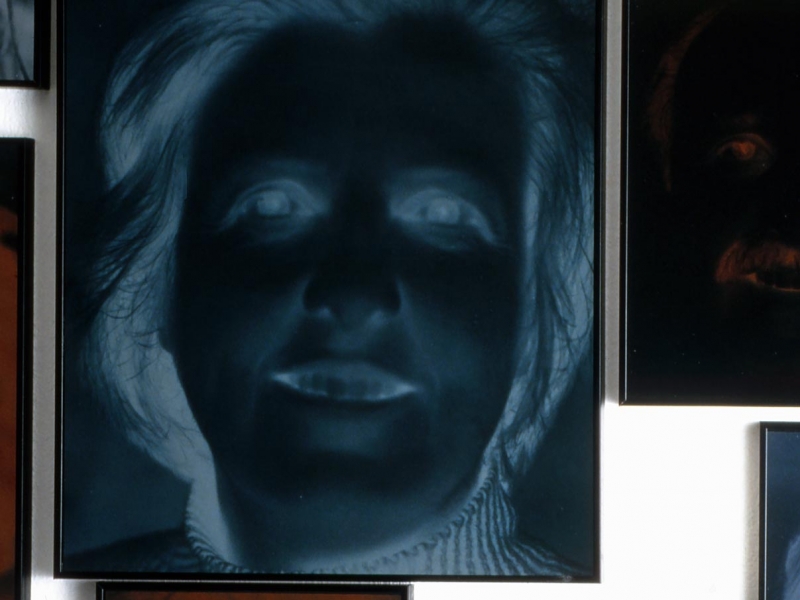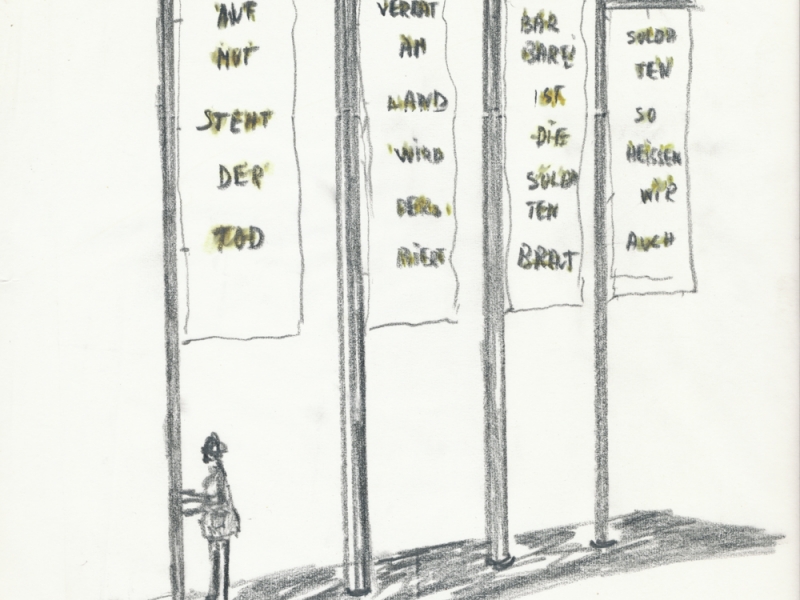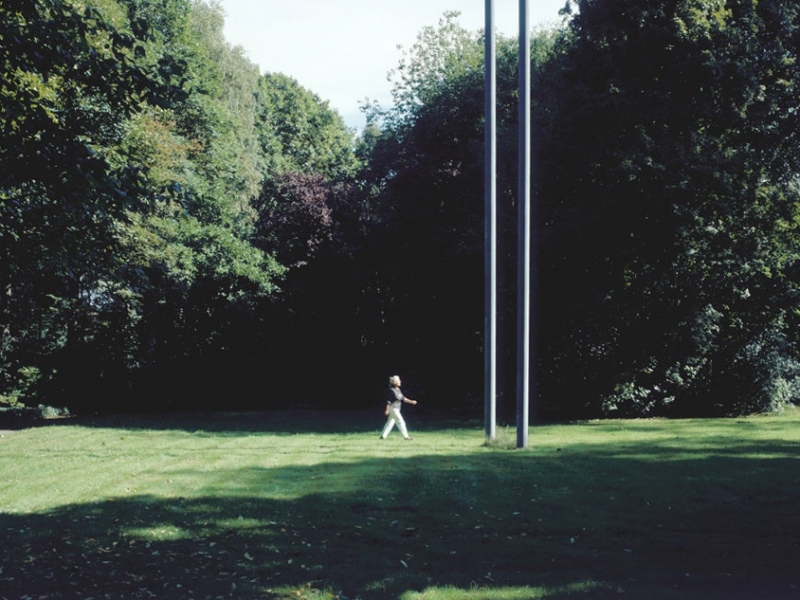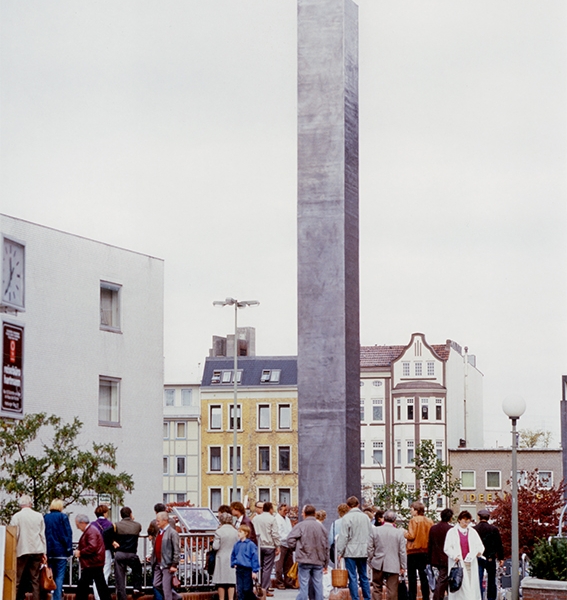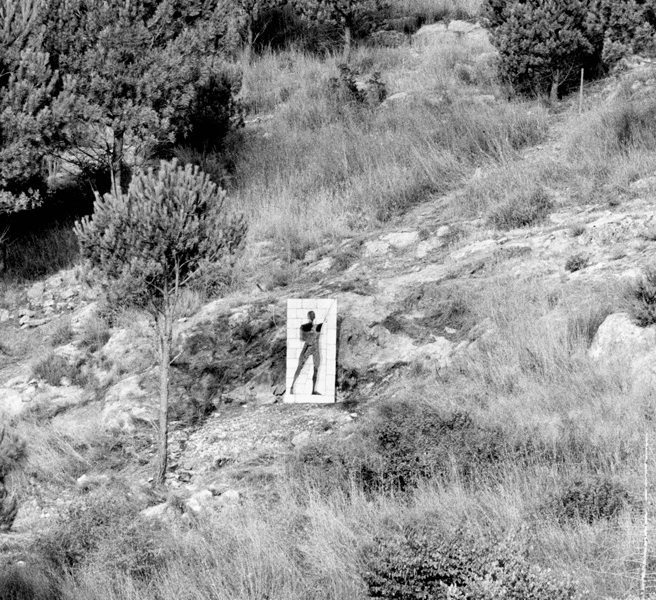White Point/Meeting Point
2004
Oslo, Norway
Permanent Installation
A proposal for an artwork for The Center for Studies of the Holocaust and Religious Minorities.
In 2004 Esther Shalev-Gerz proposed White Point – Meeting Point as her invited proposal to the juried competition for a public artwork for Oslo’s new Holocaust Centre. Located in Villa Grande, the former residency of pro-Nazi politician Vidkun Quisling, the Centre’s mandate is to produce research, debate and exhibitions about both historic and recent crimes against humanity, especially of genocide and towards minorities.
Shalev-Gerz proposed that a layer of white domestic paint, surrounding and encasing the entire Villa Grande building, be applied to a smooth base of dark concrete. Outdoors this vulnerable surface would accumulate traces of passage by future visitors.
Every year at the Centre’s invitation the gradually vanishing colour of White Point was to be refreshed by schoolchildren. They were to not only repaint the ground, but engage in dialogue with people about the mandate of the HL Centre. During a week, discussions and exchanges were to take place, exemplifying mutual understanding and respect in contemporary society.
Villa Grande would be transformed to a laboratory for future considerations of ethnic, religious and cultural diversity in a place where just the contrary had took place.
White Point/Meeting Point
2004
Oslo, Norvège
Installation permanente
Proposition d’une œuvre d’art pour le Centre d’études de l’Holocauste et des Minorités Religieuses.
En 2004, Esther Shalev-Gerz présenta sa proposition White Point – Meeting Point au jury du concours pour une œuvre d’art dans l’espace public destinée au nouveau Centre de l’Holocauste d’Oslo.
La vocation du centre, installé dans la Villa Grande, ancienne résidence du politicien pro-Nazi Vidkun Quisling, est de produire des recherches, des débats et des expositions sur le thème des crimes contre l’humanité, récents ou non, et particulièrement les génocides et les crimes à l’encontre des minorités.
Shalev-Gerz proposa qu’une couche de peinture blanche ordinaire soit posée tout autour de la Villa Grande, sur un support de béton lisse de couleur sombre. Les traces du passage des futurs visiteurs se seraient accumulées sur cette surface vulnérable, estompant graduellement la blancheur du White Point.
Chaque année à l’invitation du Centre, des écoliers auraient été invités à la rafraîchir. Leur rôle n’aurait pas seulement consisté à repeindre le sol, mais aussi à engager avec les gens un dialogue à propos du mandat du Centre d’études. Des conversations et échanges auraient eu lieu pendant une semaine pour donner un exemple de compréhension et de respect mutuels dans la société contemporaine.
La Villa Grande serait ainsi transformée en un laboratoire visant à prendre en compte les diversités ethniques, religieuses et culturelles dans un endroit où précisément l’inverse s’était produit.


